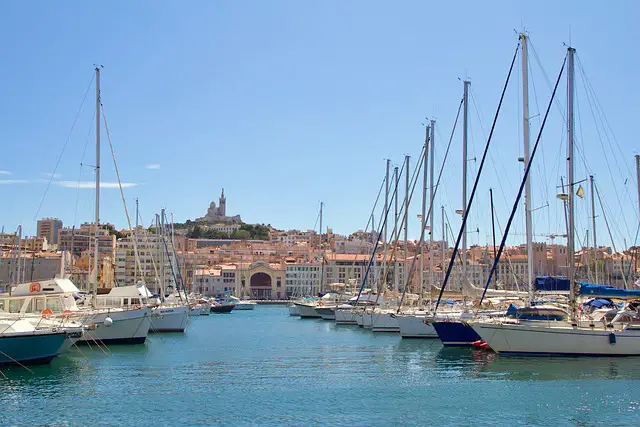A gaping hole in the Earth’s surface, a bottomless pit, extraordinary cavities, a labyrinth of underground galleries… a science-fiction movie set? No, it’s the Gouffre de Padirac! Discover this masterpiece of nature, formed during the age of the dinosaurs, its legends and its natural biodiversity.
Introducing the Gouffre de Padirac
The Gouffre de Padirac is an enchanting natural gem where time seems to stand still.
Imagine a monumental natural cavity, a shaft 35 m (114f ft) in diameter, revealing the depths of the earth!
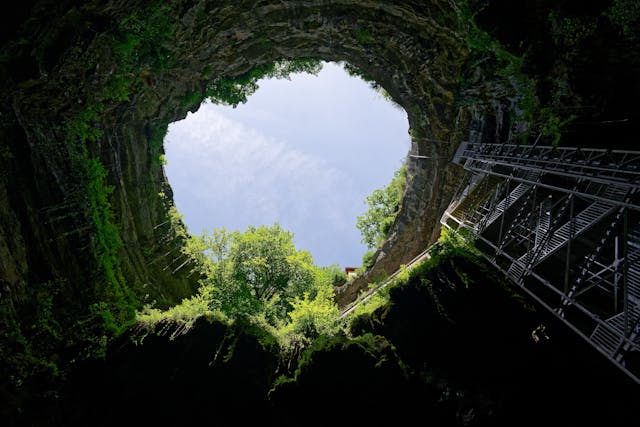
At 103 m (338 ft) below the surface, this breathtaking site defies imagination with its mysterious beauty: a vast network of galleries stretching for over 40 km (25 miles).
The adventure continues through caves illuminated by crystal-clear waters, an underground river hidden from view, while the rock walls reveal our planet’s age-old secrets.
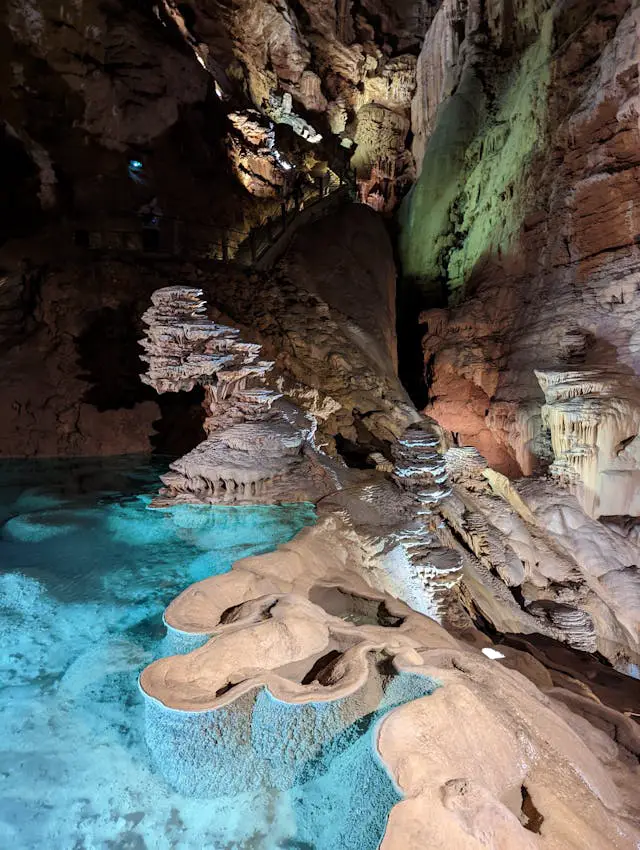
The Gouffre de Padirac is much more than just a tourist attraction; it’s an unforgettable experience that reveals the magic of this spellbinding natural phenomenon.
Depth and Exploration
Dive into the mysteries of the Gouffre de Padirac, a vertiginous 103-meter descent into the unknown.
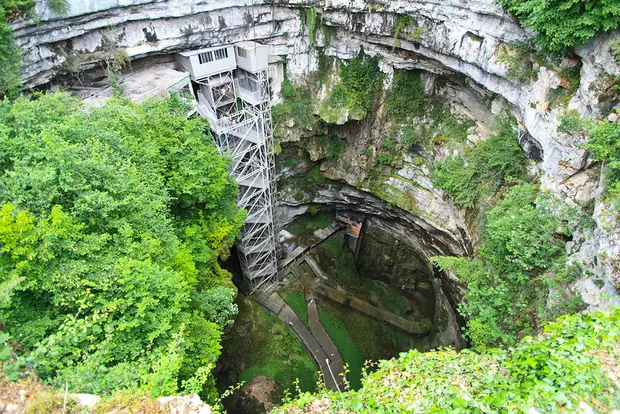
For centuries, this impressive depth has fascinated intrepid explorers, sparking a burning desire to unlock its hidden secrets.
In 1889, at the tender age of 30, a young explorer by the name of Édouard-Alfred Martel set out to explore the Gouffre de Padirac.
With determination, he descended 75 meters (246 ft) into the darkness, using a ladder and equipped with candles and a magnesium lamp, followed by his companions.
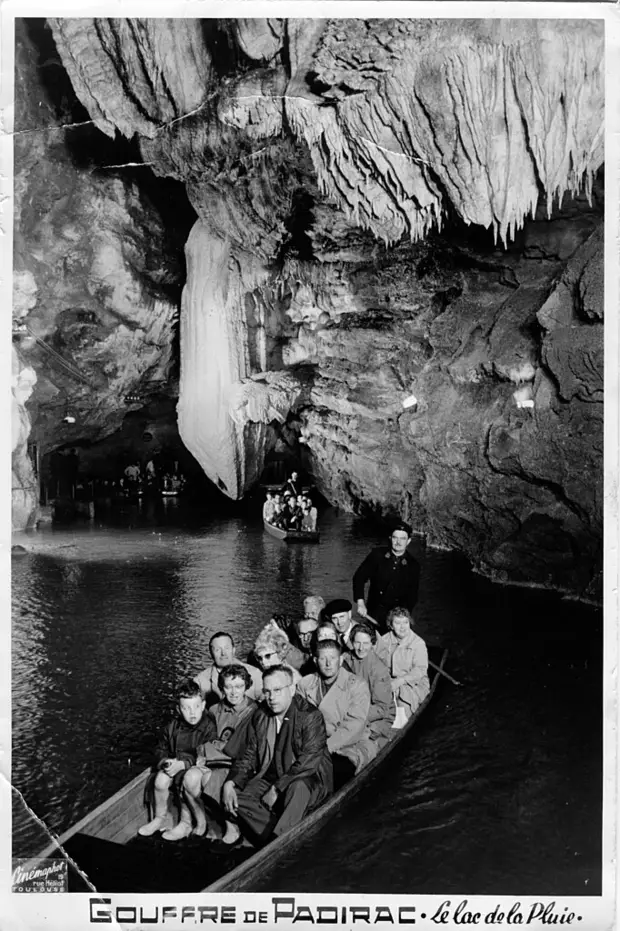
After months of preparation, the Gouffre finally welcomed its first visitors in November 1898, before its official inauguration in April 1899. In 2019, 120 years later, it has welcomed almost 500,000 visitors.
Geological Formation
The formation of the Gouffre de Padirac is a real treat for geology enthusiasts! It all began around 170 million years ago, when the region was under the sea, making it an ideal environment for limestone formation.
Over time, underground movements shook the rocks, creating the fissures essential for the passage of water.

Millions of years later, erosion is visible, and the water has sculpted incredible galleries in the rock.
Finally, when the water reaches these galleries, a magical phenomenon occurs. Thanks to the changes in pressure, the limestone becomes solid again, shaping the magnificent formations we admire in the caves: stalactites, stalagmites, waterfalls…
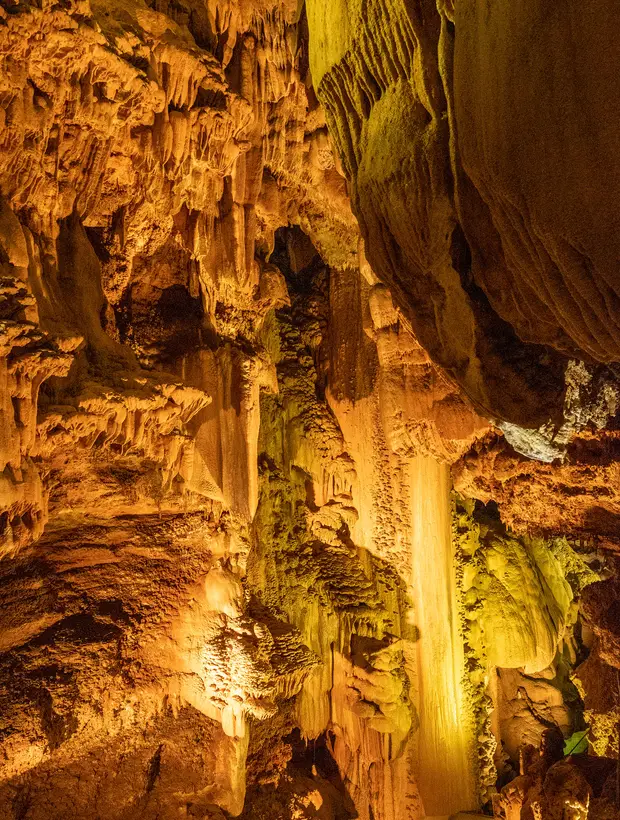
Years later, the ceiling of the Gouffre finally collapsed, revealing these hidden treasures!
Legends and Local Stories
An abyss on the surface of the Earth, miles of unexplored caves, and underground waterfalls… The Gouffre de Padirac arouses fascination and wonder, and of course inspires many legends.
One of them recounts the challenge between Lucifer and Saint-Martin. To save souls at the gates of hell, Saint-Martin had to cross the chasm dug by the devil with a heel strike to the ground. Saint-Martin’s mule succeeded, leaving hoofprints in the rock as it went, while the devil, furious, sank back into the abyss.
Another legend claims that the English, at the end of the Hundred Years’ War, hid a treasure in the abyss. And when the young explorer Édouard-Alfred Martel bought the land around the site, they demanded a clause in the contract to receive part of the treasure if he ever found it. According to another version, flames shot up from the chasm to prevent the treasure from being stolen.
Scientific Discoveries and Unexplored Areas
A stable temperature of 13 degrees Celsius all year-round, suspended stalactites, stalagmites that seem to rise from the ground, a river, lakes, miles of galleries… In 130 years of exploration, speleologists have pushed the limits of their discoveries.
Today, 42 km (26 miles) of galleries have been professionally mapped. An incredible achievement, but is it enough?
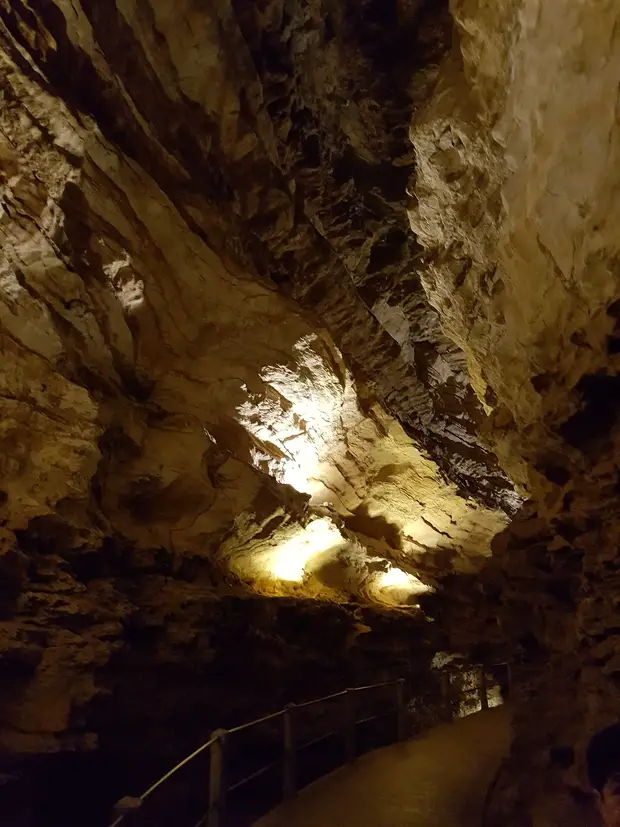
Despite technological advances and various exploration attempts, the Gouffre de Padirac remains a mystery, and not all its nooks and crannies have been explored.
Sumps, another natural phenomenon consisting of underwater conduits, hamper speleologists’ expeditions. They are forced to use heavy diving equipment to navigate the Gouffre’s submerged cavities.
Unique Biodiversity
For centuries, nature has taken its course and carved out the rock, forming unimaginable underground landscapes.
It’s incredible to think that a river flows beneath the Earth! It’s the Rivière Plane (Plane River), which outlines the route to follow and reveals the jewels of this natural site as it goes along.
For example, there’s the Lac de la Pluie (Rain Lake), with its thin, fissured ceiling that lets drops of water through. This is how stalactites are formed. The most spectacular is 60 m-long (196 ft) and even has a name, the Grande Pendeloque (Great Chandelier)!
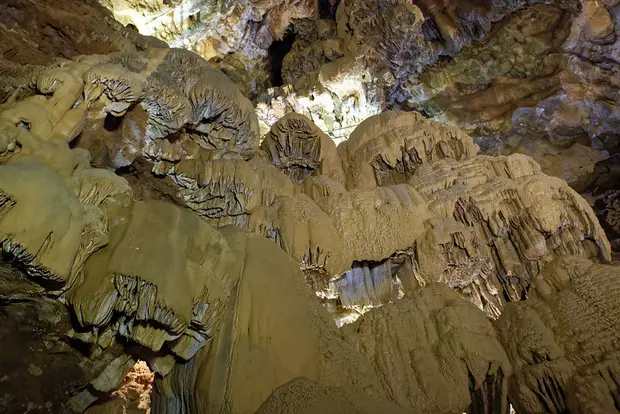
Lac des Gours (Dam Lake) is the next attraction, with yet another natural phenomenon, the gours (dam), which caused Édouard-Alfred Martel quite a few problems during his exploration: instead of being safe in his boat, he had to carry it and continue on foot! Ah yes, because gours are small basins naturally formed by the erosion of water. And sometimes they’re made up of a series of cascading terraces.
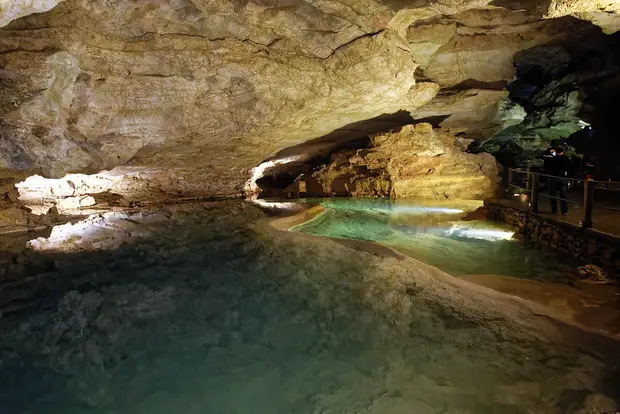
Finally, the most majestic structure is revealed: the Salle du Grand Dôme (Hall of the Great Dome), with its 94 m-high ceiling (308-foot ceiling)! Leaving plenty of room for stalagmites to form. One of them is also famous for its shape, whose name describes it perfectly: the Pile d’Assiettes (Pile of Plates).
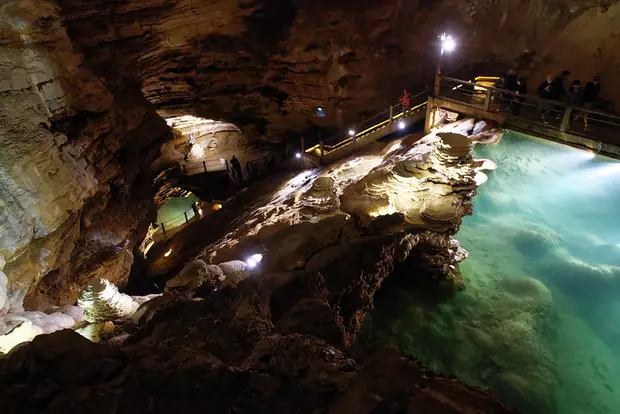
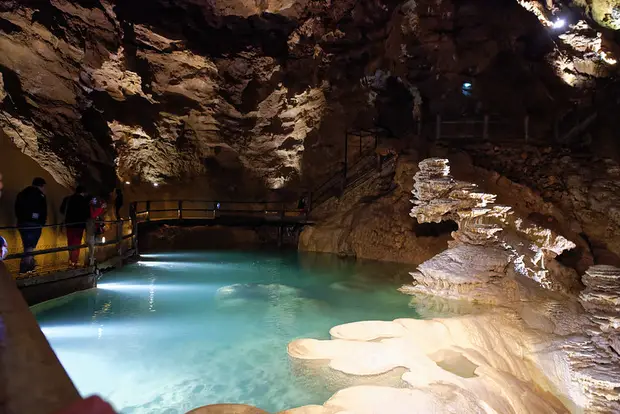
Don’t miss this captivating video (in French), which gives you a breathtaking visual insight into the Gouffre de Padirac and its history. Trust me, you’re in for a real treat!
I aim to share my tips and recommendations for the beautiful country of France. My goal is to help you plan your next adventure, whether it’s a weekend getaway or a once-in-a-lifetime trip. From finding the best hotels and restaurants, to discovering unique activities and sights, I’ve got you covered!




